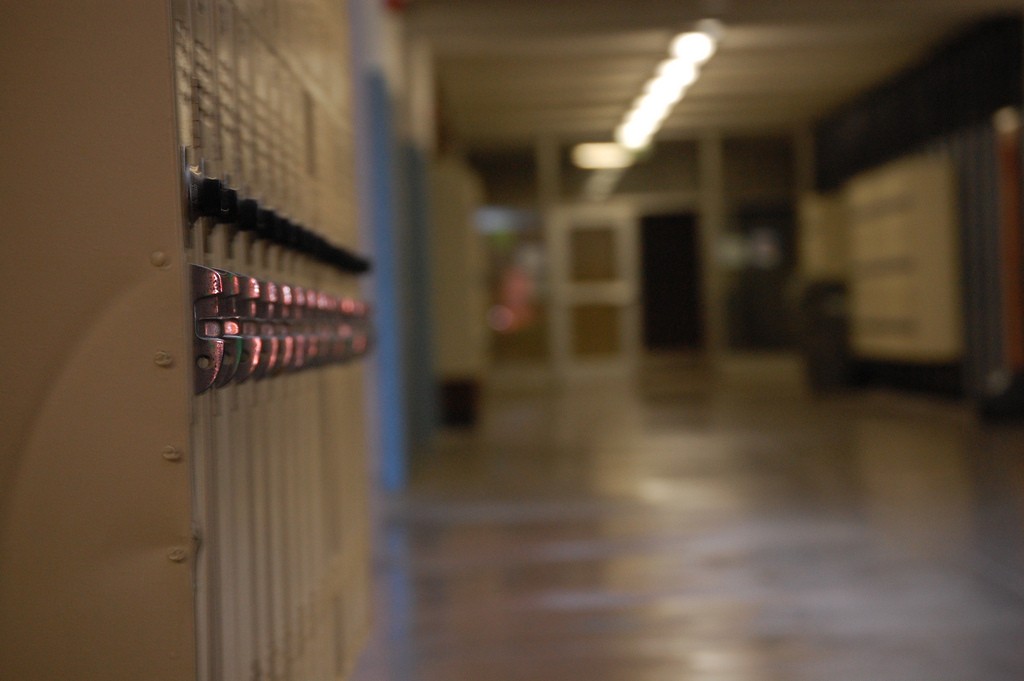Gov. Chris Christie’s proposal this week to equalize school funding for all New Jersey public school students may be the best, last hope for the survivability of our state’s middle class.
Saddled with annual property tax bills approaching an average of nearly $10,000, working families have been fleeing New Jersey for greener pastures for years. For those who have stayed, their cost of living has risen to the point where many are one tax hike away from being unable to afford the homes in which they live. Employers, likewise, have fled. Small businesses struggle to survive, and young people remain living at home with their parents well into their 20s because life in the Garden State is simply unaffordable.
There is a sense of hopelessness among the state’s population that things will never improve. Fair School Funding provides that hope. As it currently stands nearly 65 percent of the state’s entire education budget is provided to 31 school districts while the remaining 560 compete for the scraps. Some districts receive no state aid at all. In Brick Township – which has an increasing population of special needs students – the number of teachers is being reduced even as taxes are still on the rise. The same goes for many other districts in Ocean County; Toms River and Lacey will also see significant cuts this year.
Equalizing state aid to each student in each school is essential to breaking the cycle of decline among the middle class in New Jersey. Property tax levies would be reduced by millions of dollars, according to data compiled this week. In Lavallette, funding would increase by 428 percent. In Ortley Beach, homeowners who have been crippled by school taxes could see a 50 percent increase in aid that would stabilize the barrier island community. A community even more in need, Seaside Heights, would see a 40 percent increase. Homeownership, the most tangible symbol of the American dream, would be opened up to more working families, more families would be able to keep their homes in New Jersey and remain closer to relatives who provide a necessary support system, and teachers would be more secure in their positions and face significantly less public pressure on pension and benefits packages.
Equalizing school funding would mean that urban school districts, which have been showered in billions of dollars worth of government largesse on the backs of suburban working families, would need to cut their budgets. Perhaps Olympic sized pools and veritable palaces of school buildings would no longer be able to be built in places like Neptune, and perhaps some services would have to be scaled back. But what difference would it make? For three decades, the billions of dollars have not improved urban school districts in New Jersey. If anything, New Jersey’s school funding formula offers the most compelling proof in the American educational sector that money does not solve the woes of dysfunctional, gang-infested, corrupt urban areas. Draining the state education budget and, in the process, making life unaffordable for millions of struggling families in our suburban communities, has done nothing to improve the lives of young people in Newark, Camden or Paterson. It has, however, ushered in an era of extreme financial pressure, dwindling employment prospects, and increased substance abuse in our suburban communities.
New Jersey’s present school funding formula is a vivid illustration of the concept of a “race to the bottom.” Fair School Funding would, first and foremost, reduce property taxes in suburban communities, but it would also spur economic growth, keep families in their homes and open up new opportunities for our young people. Parents, teachers and recent college graduates hoping to start a family must support Fair School Funding, lest we affirm the beliefs of some that the Millennials will become a lost generation.
It may, indeed, take a village to raise a child. State officials need to understand that in New Jersey, the villages are dying.

Advertisement

Police, Fire & Courts
Seaside Heights Man, 36, Charged With Failing to Register Under Megan’s Law

Police, Fire & Courts
Cops: Juvenile Arrested After 118mph Joy Ride in Seaside Heights, Toms River Kills 2

Police, Fire & Courts
Cops: Juvenile Arrested After 118mph Joy Ride in Seaside Heights, Toms River Kills 2

Police, Fire & Courts
Ocean County Sheriff Establishes Drone Command Center in Seaside Heights Amid New Video








